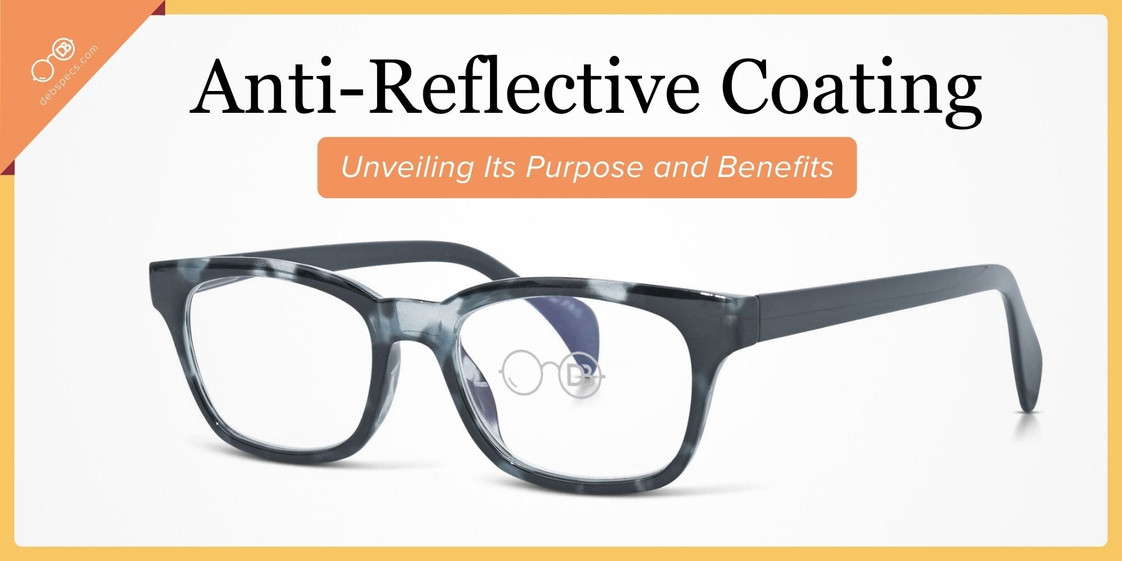
Anti-Reflective Coating: Unveiling Its Purpose and Benefits
Posted by Team Debby on 17th Mar 2024
Seeing clearly isn’t just about the right lens strength—it’s about the details that make your glasses perform at their best. One of those details is anti-reflective (AR) coating, a thin but powerful upgrade that makes your vision sharper, your eyes more comfortable, and even your glasses more flattering.
In this guide, we’ll walk through how AR coating works, its benefits, who it’s best for, and how to care for it.
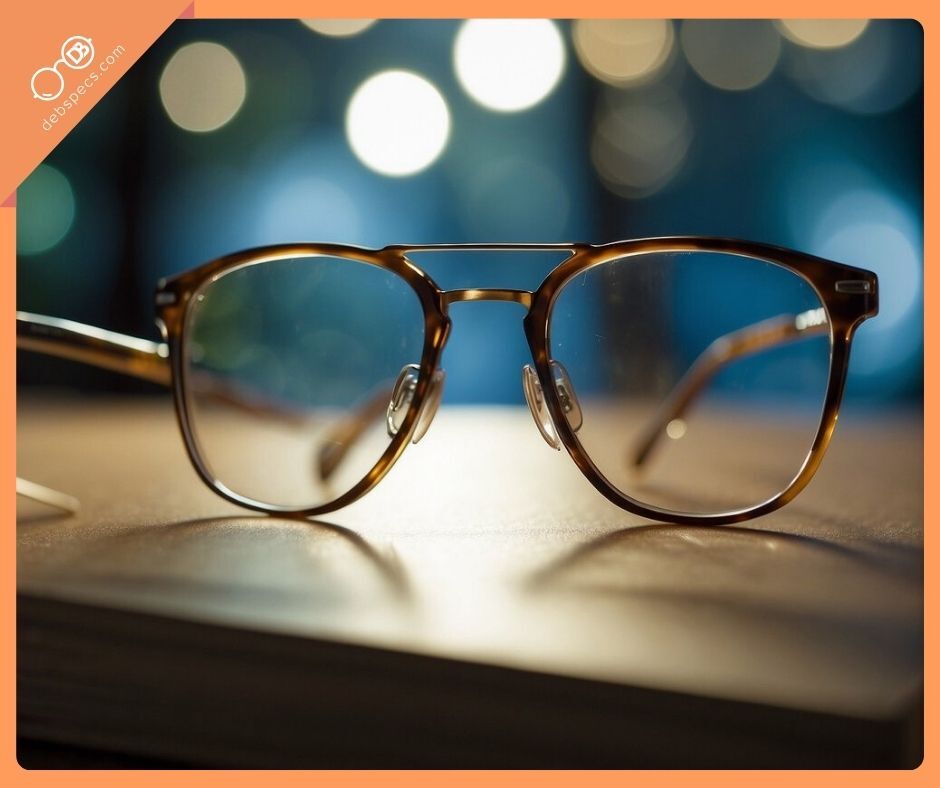
What Is Anti-Reflective Coating?
Anti-reflective (AR) coating is a microscopic film applied to lenses that reduces glare and surface reflections. Instead of bouncing light back, it lets more light pass through the lens—so your eyes see with greater clarity and less strain.
You’ll notice the difference in everyday situations like:
- Driving at night (fewer distracting halos around headlights).
- Working on a computer (less glare from digital screens).
- Talking face-to-face (people see your eyes, not lens reflections).
Myth: AR coating is just cosmetic.
Fact: It improves both vision quality and appearance.
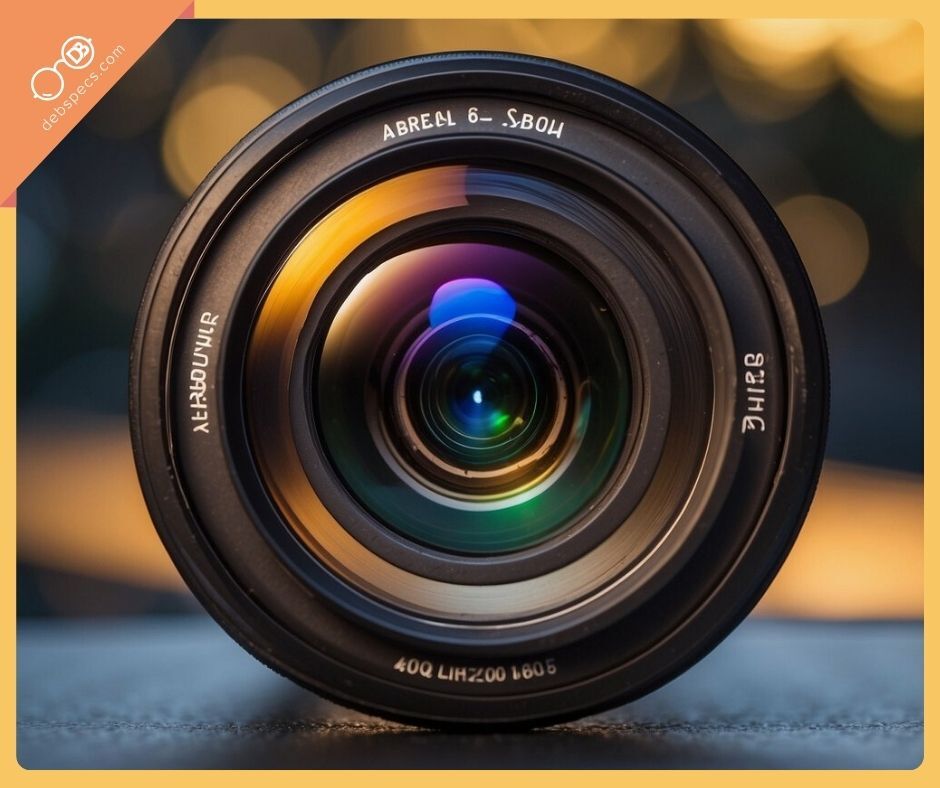
How Anti-Reflective Insights Translate Into Daily Comfort
As the article explains, reducing reflections can noticeably improve clarity, especially during reading, screen use, and work under bright or shifting lighting. Readers designed with anti-reflective properties help minimize distractions and eye strain, allowing your eyes to settle more comfortably into close tasks. The options below illustrate how these principles appear in thoughtfully crafted eyewear.
How Anti-Reflective Coating Works
Without coating, up to 12% of light bounces off a lens surface. AR coating solves this with destructive interference, a light-bending trick where reflections cancel each other out.
Here’s the breakdown:
- A thin film of metallic oxides is layered on the lens.
- When light hits the surface, part reflects off the film, part off the lens.
- These reflections are out of sync—so they cancel each other.
- More light reaches your eyes, meaning sharper, clearer vision.
Think of it like noise-canceling headphones—but for your eyes.

Benefits of AR Coating
Adding AR coating isn’t just about looking polished—it changes how your glasses work in daily life.
- Sharper Vision: More light reaches your eyes, improving contrast in both bright and low-light conditions.
- Reduced Eye Strain: Less glare from screens and overhead lights means less squinting and fatigue.
- Better Night Driving: Headlights and streetlights look clearer and less blinding.
- Polished Look: No distracting reflections hiding your eyes in photos or conversations.
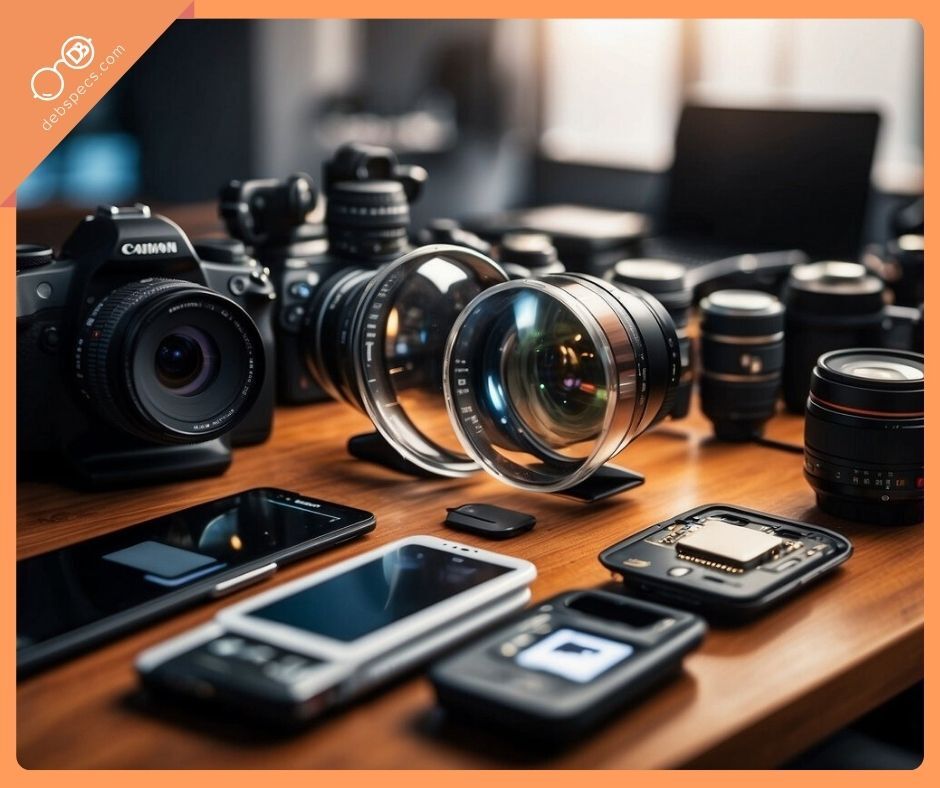
Where Else You’ll See AR Coatings
While they’re most famous in eyewear, AR coatings show up in places where clarity and precision are non-negotiable:
- Cameras & Smartphones: Sharper images, fewer flares.
- Microscopes & Telescopes: Clearer details for science and stargazing.
- Solar Panels: Higher efficiency by capturing more light.
If it needs to perform under tricky lighting, chances are AR is involved.
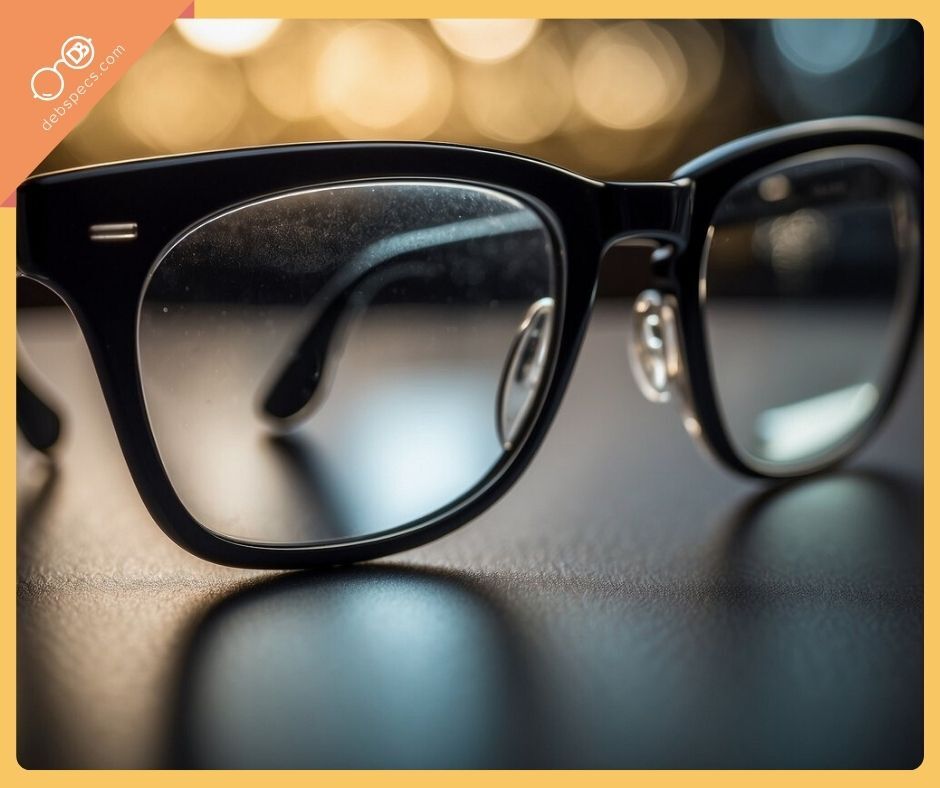
Choosing the Right AR Coating
Not all AR coatings are created equal. The right one depends on your lens type and lifestyle:
- Polycarbonate & High-Index Lenses: These reflect more light than standard lenses—AR is essential.
- Photochromic or Tinted Lenses: Choose coatings that won’t interfere with light-adaptive features.
- Digital Workers: Opt for AR with blue-light filtering to reduce screen strain.
- Night Drivers: Prioritize glare-reducing AR for safety.
- Outdoor Lovers: Look for AR with UV protection.
Tip: AR coatings are an upfront investment ($20–$100), but they extend lens life and deliver comfort that’s hard to put a price on.
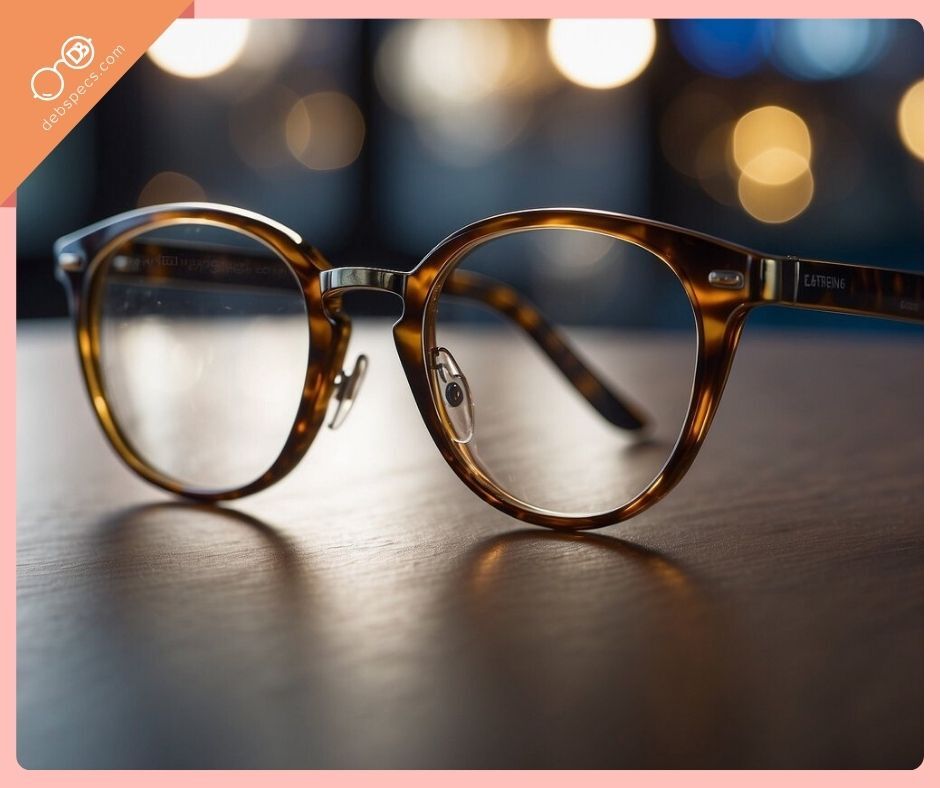
Caring for Glasses with AR Coating
With a little TLC, your AR-coated lenses will stay clearer for longer.
Cleaning routine:
- Rinse lenses under lukewarm water.
- Apply lens-safe cleaning solution.
- Wipe with a soft, lint-free microfiber cloth.
- Avoid paper towels or clothing—they scratch.
Scratch protection tips:
- Store glasses in a hard case when not in use.
- Handle with two hands to protect alignment.
- Choose lenses with scratch-resistant layers for extra durability.

Innovations in AR Technology
Today’s AR coatings are tougher, clearer, and smarter than ever.
- Scratch-Resistant Layers: Modern AR is built to withstand daily wear.
- Nearly Invisible Lenses: Reflections are reduced to almost zero.
- Future Tech: Researchers are developing AR coatings that may self-heal minor scratches—meaning lenses that last even longer.
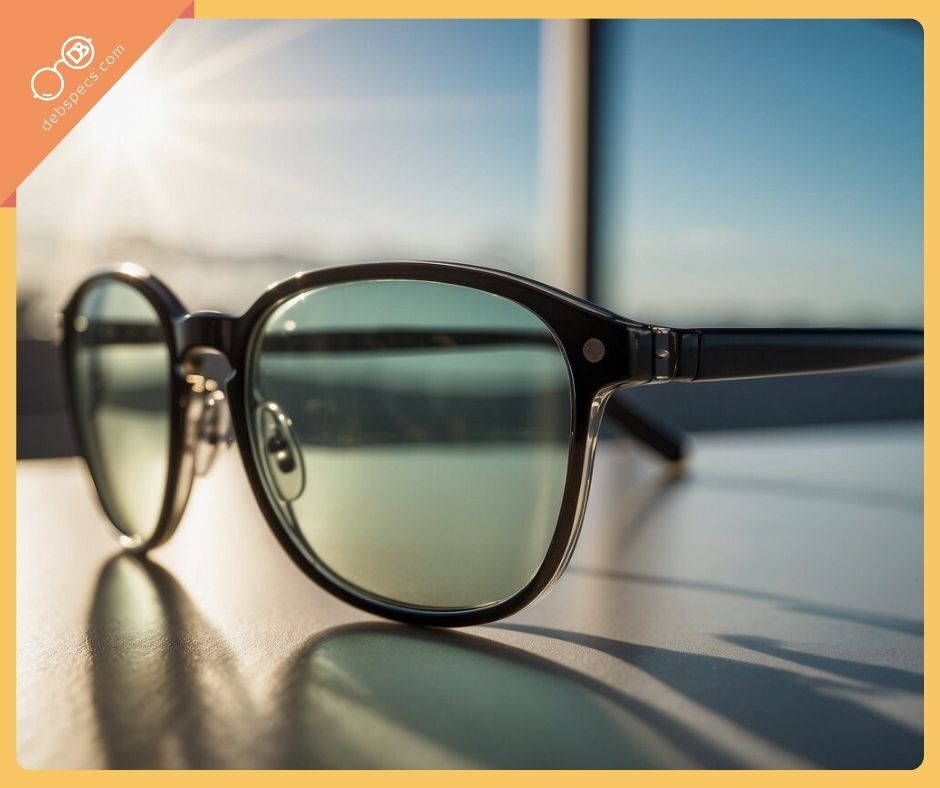
TL;DR (Quick Recap)
- Anti-reflective (AR) coating reduces glare and lets more light into your eyes.
- Benefits: sharper vision, less strain, better night driving, and a more polished look.
- Essential for digital workers, night drivers, and anyone with high-index or polycarbonate lenses.
- Care with gentle cleaning and proper storage extends the life of AR coatings.
- New advances are making AR coatings tougher and more effective.
FAQs About AR Coating
Q: Is AR coating worth it?
A: Yes—especially if you drive at night, work on screens, or want lenses that look clear and polished.
Q: Will AR coating help with computer eye strain?
A: Absolutely. Many AR coatings filter blue light to make long screen sessions easier on your eyes.
Q: Can AR-coated lenses still scratch?
A: Yes, but modern coatings include protective layers. Proper care makes a big difference.
Q: How much does it cost?
A: Expect to pay an extra $20–$100 depending on the lens type and provider.
Q: Can AR coating be added to any lens?
A: Most materials—polycarbonate, high-index, and photochromic—can be coated, but the formula must match the lens type.
✨ DebbySpecs Takeaway: AR coating is one of the smartest upgrades you can make to your glasses. It’s not just about looking good (though it helps)—it’s about making your daily vision easier, clearer, and more comfortable.

